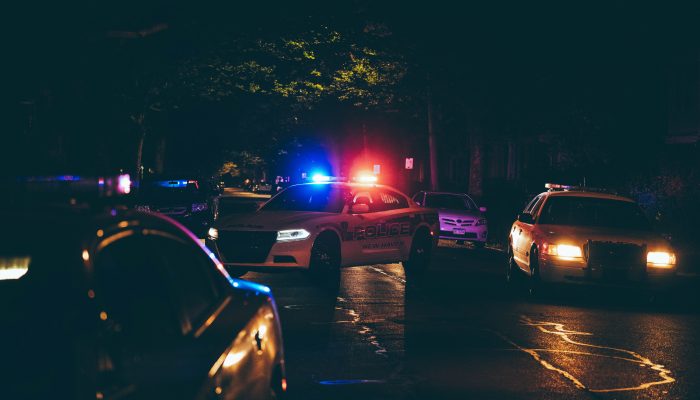More violent crimes are going unsolved in Minnesota today than a decade ago, according to FBI data analyzed by the Council of State Governments Justice Center, a nonprofit working on criminal justice issues.
“In 2022, the year for which we have the most recent data, Minnesota saw 57% of violent crimes go unsolved, 5 percentage points higher than 2012,” the group said in a statement. “This trend contributes to decreased trust in the justice system and retaliatory violence that perpetuates a crisis that many communities face.”
Violent crime includes homicide, rape, aggravated assault and robbery. While just 12% of homicides in Minnesota go unsolved, that number rises to 49% for assault, 69% for rape, and 78% for robbery.
Rates of unsolved violent crime are especially high in Minneapolis and St. Paul, coming in at 73% and 71%, respectively. A 2021 Reformer analysis found that nearly 8 in 10 Minneapolis shootings go unsolved.
Minnesota’s overall rate of unsolved violent crime is considerably lower than the national average of 63%.
Minnesota cops are particularly better at solving murders than their peers nationwide, according to the data: Only 12% of murders in the state were unsolved in 2022, compared to 47% nationally.
“While violent crime has continued to decline since a spike in 2020,” the report notes, “the percentage of violent crimes not solved by law enforcement hit an all-time high in 2022.”
Crime data analyst Jeff Asher has found that nationally, police departments’ effectiveness at solving crime fell sharply starting in 2020.
“The exact causes of the decline in arrests are difficult to pinpoint,” he wrote last year. “But the timing is clearly tied to the summer of 2020, suggesting that changes in policing and America’s dwindling confidence in law enforcement since the killing of George Floyd played a role.”
Research shows that the certainty of getting caught is a far more effective crime deterrent than the severity of any potential punishment. The Council on State Governments Justice Center says that states can reduce their unsolved crime rates by providing training and assistance to departments with low solve rates, reducing detective caseloads, improving evidence processing times at state crime labs, and working more closely with witnesses and victims.
Crime fell across the board in Minnesota last year, according to final data recently released by the Bureau of Criminal Apprehension. But several major crime categories — including homicide, aggravated assault and car theft — remain elevated above their pre-pandemic baselines.
You can read the full article at the Minnesota Reformer

